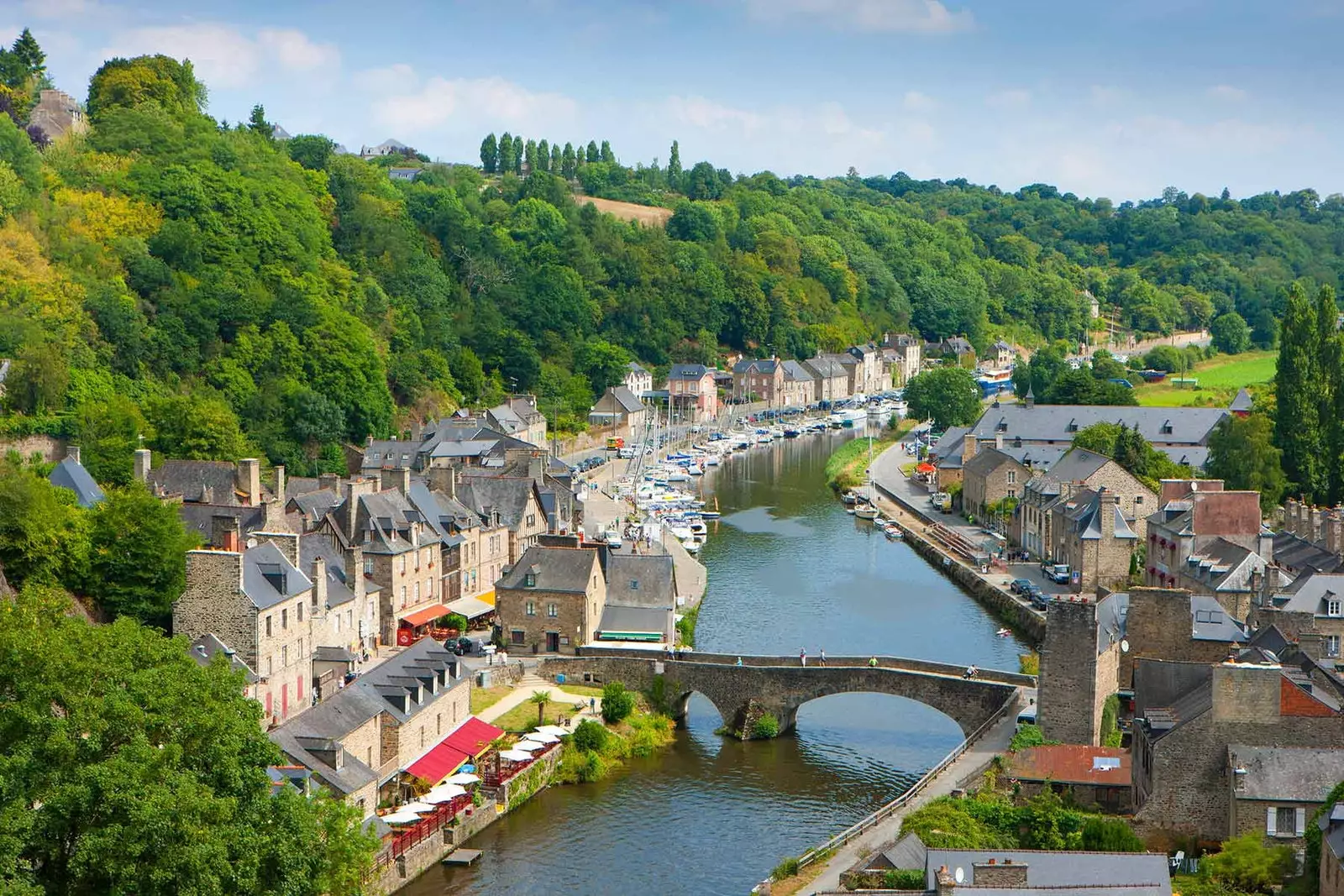
Dinan, a charming medieval town
Places like the Mont Saint-Michel abbey, the American World War II cemetery or the Châteaux de la Loire route take the cake, but these regions also hide other treasures that should not be missed. Untamed landscapes, legendary forests, medieval villages, centuries-old traditions and some singularities that are unique in the world they are waiting for the traveler to want to discover them.
1) A LAKE THAT LOOKS LIKE THE SEA
biscarrose It is a town of Landes that enjoys long beaches bathed by the ocean Atlantic . Just 200 meters inland, rests a quiet mass of turquoise waters that has nothing to envy to the best tropical beaches. It's about the endless Sanguinet Lake, whose 5,800 hectares make him the second largest in France.
Surrounded by fine white sand, it is framed by a quiet and lush landscape whose pine forests provide excellent shade, perfect for a day of picnics or simply to shelter from the sun in the hottest hours of summer. Well provided with parking areas and campsites, the most frequent activity in Sanguinet is fishing , but you can also rent a rowboat or a bicycle and go along the track that connects this place with the beach of biscarrose.
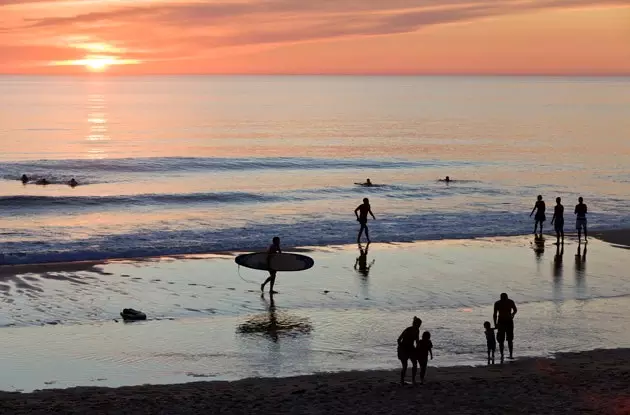
Biscarrosse has a beach but... you have to look for its lake!
2) THE LARGEST DUNE IN EUROPE
Is named pilat and it is a mass of natural sand accumulated very close to the Arcachon Bay , on the coast of the Gulf of Biscay . Its dimensions are impressive on paper, but even more so when you visit: it occupies three kilometers of coastline, 87 hectares in area, measures between 80 and 110 meters in length and its volume is more than 60 million cubic meters of fine sand.
Protected by the French State due to its high landscape and scientific interest, this gigantic mountain has become a magnet for those who visit the Aquitaine region : welcomes one and a half million inhabitants a year who try to reach its peak climbing several hundred steps with the only help of a rope. Once at the top, the traveler will have the sensation of being in a desert in the middle of the french countryside.

Pilat, the largest dune in the world
3) AN ELEPHANT IN THE MIDDLE OF THE CITY
Is made of iron and wood , but it moves and can transport up to 50 persons . is the elephant most famous of Nantes , place where he was born Jules Verne in 1828 . Precisely to honor the memory of the father of science fiction, Nantes has created a mechanical city inspired by his inventions next to one of the esplanades of the old shipyards on the banks of the loire . In it, the tremendous pachyderm of 45 tons of weight and 12 meters high, it rides by motor with dozens of tourists on its back while it splashes water with its trunk at those who remain on solid ground.
the trip costs 20 euros and includes a visit to the Gallery of the Machines , a space that houses unusual mechanical creatures inspired by the imaginary worlds of Verne or the Italian inventor Leonardo da Vinci . A Stingray , a serpent of the seas or a giant squid They are just some of the strange specimens that live within the walls of this ship. In 2012 the second part of the project was inaugurated: the heron tree , a huge steel and wood tree through whose branches you can walk and discover extraordinary hanging Gardens.
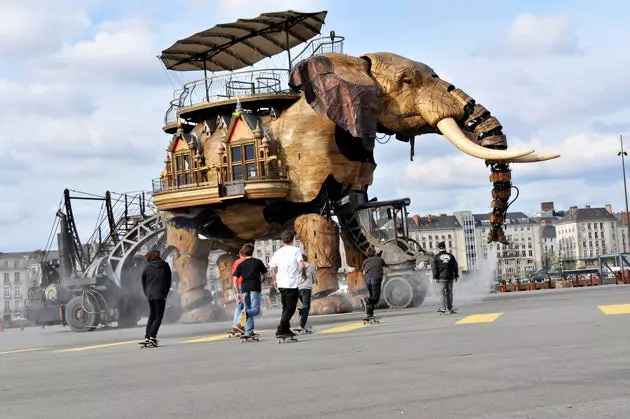
hipster city
4) VIN DE SUREAO
Vin de Sureau is a wine made from sauco strike, very common in countries or regions of traditions celts . In the french brittany it is usual prepare it at home , completely handmade. Its elaboration takes place at the end of the spring , when the flowers are juiciest and freshest. Sometimes the resulting liquor contains bubbles due to the fermentation process of the sediment in the bottle, so you never know how sparkling it's going to be until you uncork it. the wine by Sureau has crossed borders in recent years under the brand St Germain , and has become so famous that the New York Times has pointed it out as one of the most influential components of cocktails in the last decade . However, if what one wants is to try authentic homemade wine, in many towns in Brittany the traveler will find families delighted to offer him a glass.
5) BACK TO THE MIDDLE AGES
Dinan a charming little town of 12,000 inhabitants in the heart of Brittany , very close to the well-known abbey of Mont Saint-Michel . In addition to its characteristic walls, its castle, its cobbled streets and its balconies full of flowers, Dinan has a particularity that makes it very attractive: the festival of the ramparts , one of the largest medieval celebrations in France. Since 1983, the village revives every two years the atmosphere of the Middle Ages with chivalric tournaments , a great open air market, traditional food and drink, historical re-enactment dances and shows . Its inhabitants, decked out in period costumes, help to transport us to a glorious past that relives in this small Breton town year in and year out.
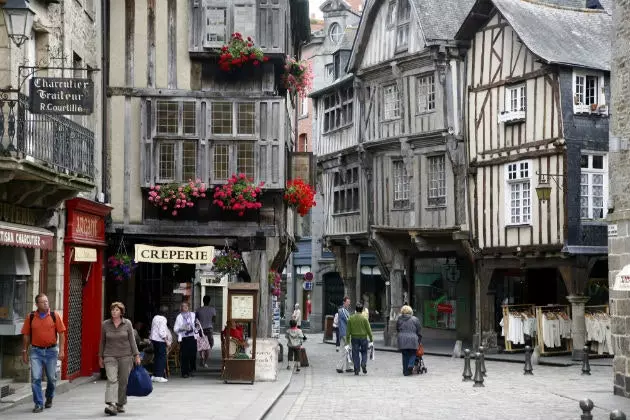
Dinan, a medieval town in Brittany
6) CORSAIR TRADITION
A scandalous sun, imposing stone walls, seagulls cawing and flying around you, a cool breeze that fills the sails of the ships leaving or entering the port... That's right Saint Malo , the corsair city of France . Its inhabitants always wanted to be autonomous, and so in 1590 they proclaimed their own republic under the motto " Neither French nor Breton , d and Saint Malo we are ”. Independence lasted four years, but the corsairs survived for many more. They were not pirates, but armed ship navigators with government permission to attack merchant ships of enemy powers , and those of Saint Malo became so effective that they even made the feared Englishmen who passed through the canal pay tribute.
Today, it still survives descendants association of corsair captains , which has more than 600 members and tries to safeguard the memory of these brave ancestors . To do this, the entity organizes meetings, exhibitions, trips, conferences and also has a gallery in the town that allows you to learn a little more about the life of these Sea wolf thanks to the weapons, navigational instruments and other items that have survived to this day.
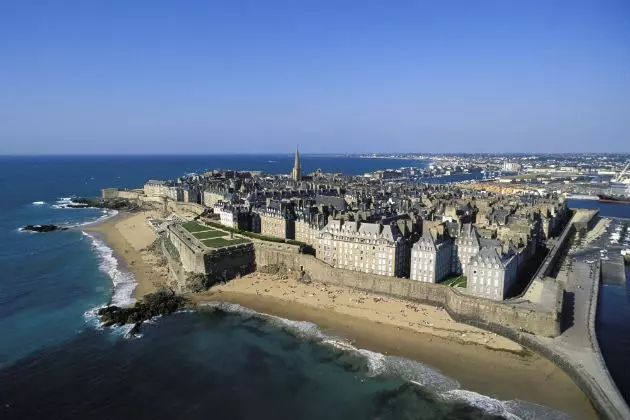
The corsair city of Saint Malo
7) AN ANCESTRAL RIVALRY
They say that at the table you should not talk about politics, football or religion. In the Brittany and the Normandy , there's a fourth taboo topic : the property of Mont Saint-Michel . This 11th century abbey and the surrounding medieval streets belong to the UNESCO World Heritage Site and, due to their beauty and privileged location, they are one of the most visited from all over France.
What is not so well known is the ancient rivalry between Bretons and Normans , who dispute ownership of the bay. The blame seems to have the capricious river Couesnon , which marks the border between the two regions. Originally, it ran to the east of the mount, so it belonged to Brittany. In the 15th century, the river began to flow west, passing the abbey into Normandy. Officially, Mont Saint-Michel is Norman , but depending on who you ask, you will get one answer or another.
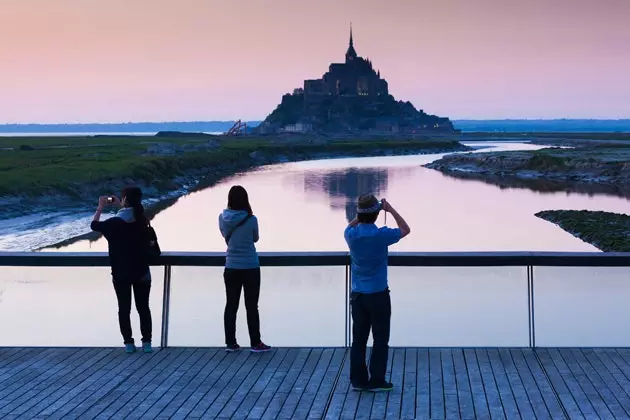
Don't resist Saint-Michel
8) KING ARTHUR'S FOREST
Brittany has legendary traditions rooted in the celtic culture . The Bretons are very inclined to the supernatural and the magical, so much so that we can find people with names as suggestive as Gilead either Morgana . The forests of the region have inspired countless fantastic legends that have been passed down from generation to generation.
The most famous is the Broceliande , mythological name of the current Forest of Paimpont , a few kilometers from Rennes , the breton capital . The most famous story that has been developed in these lands is that of the King Arthur , his knights of the round table and his inseparable magician Merin . Today, those interested in Arthurian legends can visit the Center de l'Imaginaire Arthurien (Center of the Imaginary Arthurian World) in the castle of shop . Its mission is to make known medieval celtic legends through activities such as guided tours of the forest, conferences, workshops and shows.
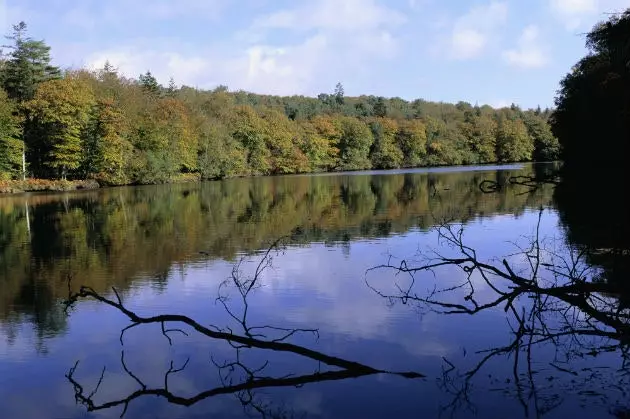
King Arthur's Forest
9) A UNIQUE JEWEL IN RUINS
In the middle of the city fall rest the ruins of the church of St Etienne le Vieux , one of the most beautiful Gothic temples in the Norman capital. It was Romanesque in origin , but after being destroyed during the Hundred Years War , was rebuilt following the fashion goth of the moment . In 1944, when World War II was in full swing, a hail of bombs destroyed much of the south aisle. The transept, the bell tower and the north aisle are still standing, but the rest was never rebuilt, so it cannot be visited inside.
Even so, contemplating the church from the outside is a pleasure . Its broken walls do not allow us to forget the horror of wars, and the pointed arches that are covered with ivy in spring give a decadent and romantic to this area of the city.
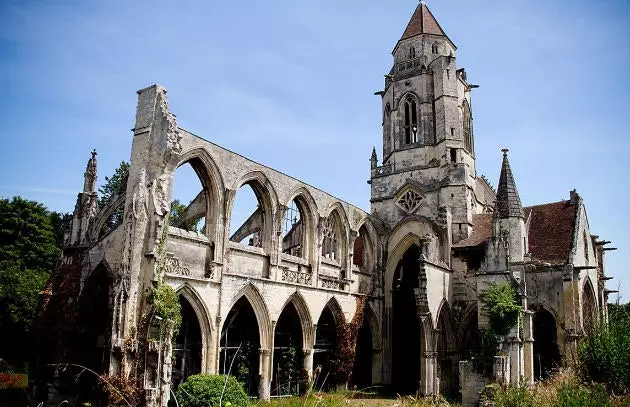
Ruined church in the middle of the city of Caen
10) LÉMBUSCADE, A VERY RUGGED COCKTAIL
If in Brittany they drink Vin de Sureau, in Normandy his thing is to drink L'embouscade . It is a cocktail made from a dangerous mixture of creme de cassis, White wine, beer and of course the calvados , a 45-degree brandy typical of this region.
The most widespread belief is that such a mixture was born in Le Montmartre, a bar in the historic center of the city. Whether this is so or not, the truth is that the drink was massively imitated by the students of the town and today there is no self-respecting cocktail bar that does not serve it. But be careful what you consume: it goes up a lot and very fast.
11) A PIECE OF WORLD WAR II
Omaha Beach greeted British and American soldiers on D-Day 1944 in what became known as the Normandy's landing . Six kilometers from the beaches where this historic event took place is Point du Hoc , a cliff 30 meters above sea level . It was a strategic point of the German army that the allies attacked and dismantled. Destroyed structures, rusty barbed wire everywhere, twisted iron and above all, huge craters caused by Allied bombing is all that has remained of that assault. Currently, in Point du Hoc there is a memorial and museum dedicated to the battle set in the wild nature of the Norman cliffs.
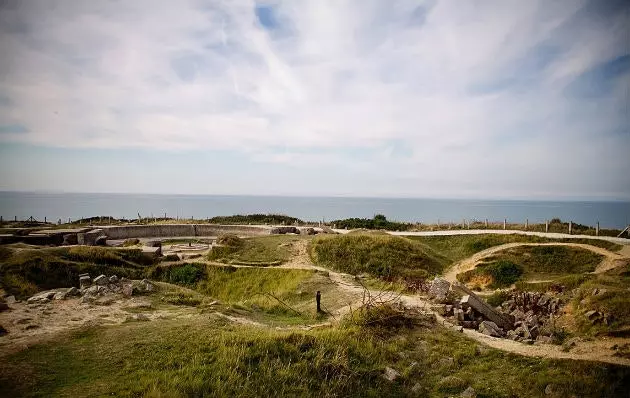
Pointe du Hoc Landscape
